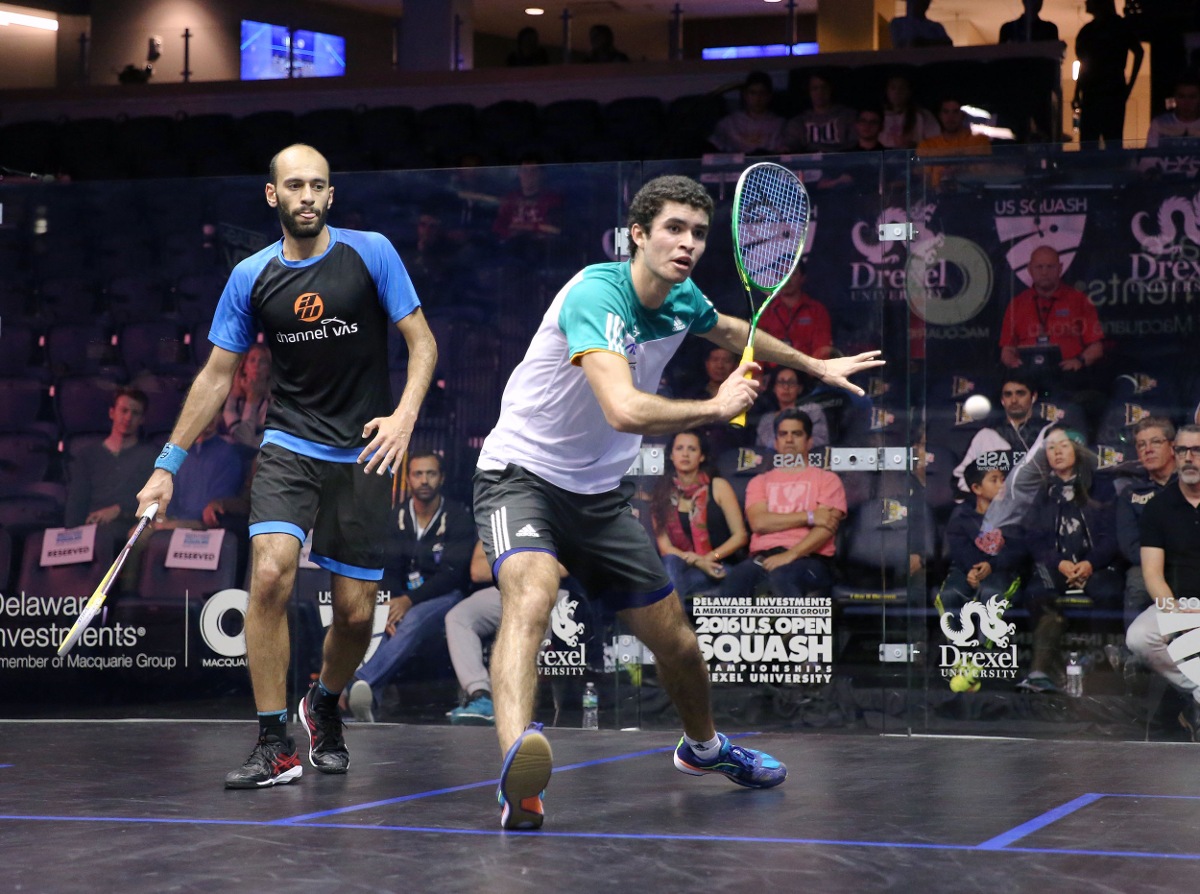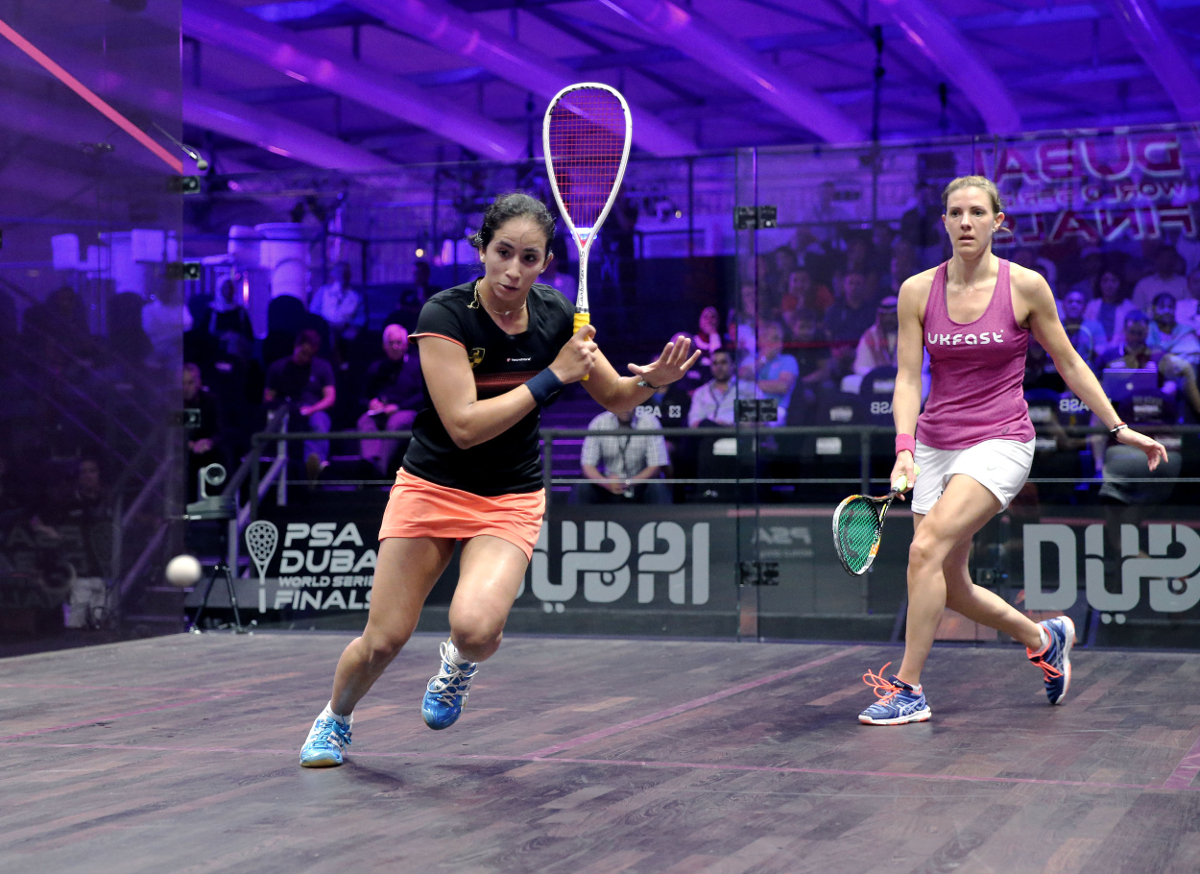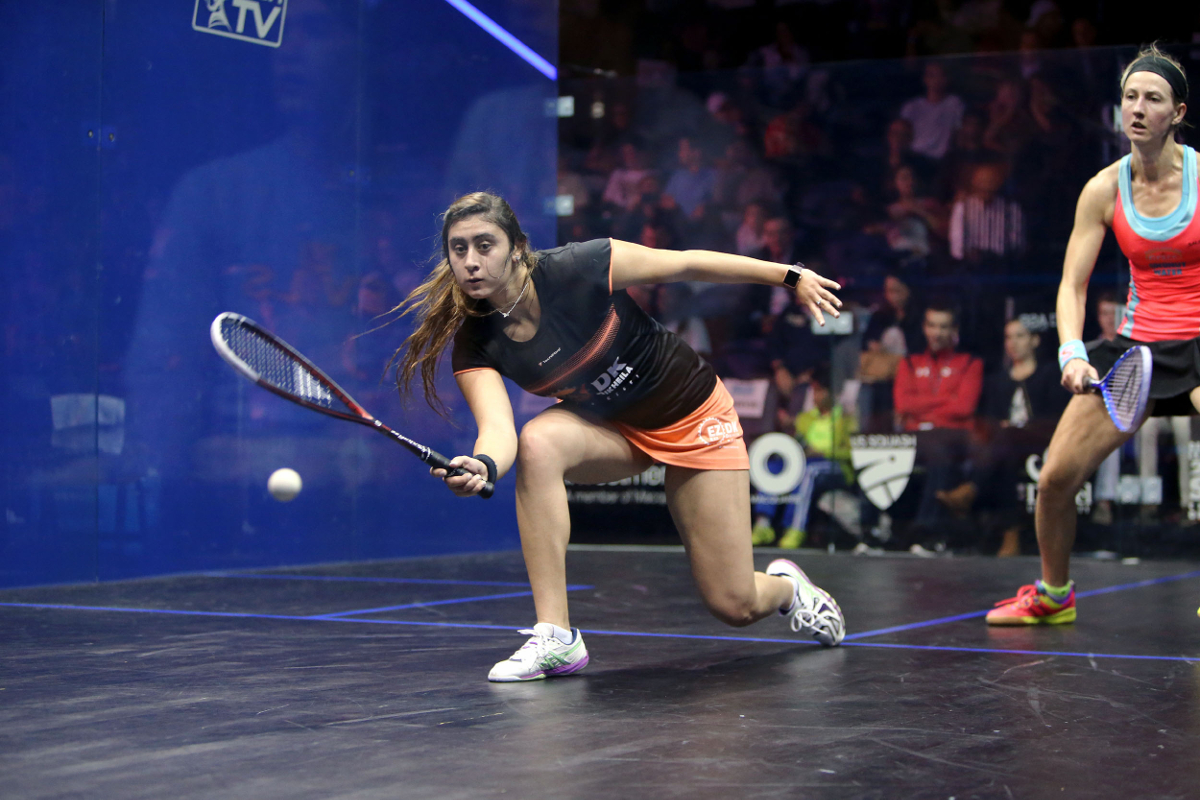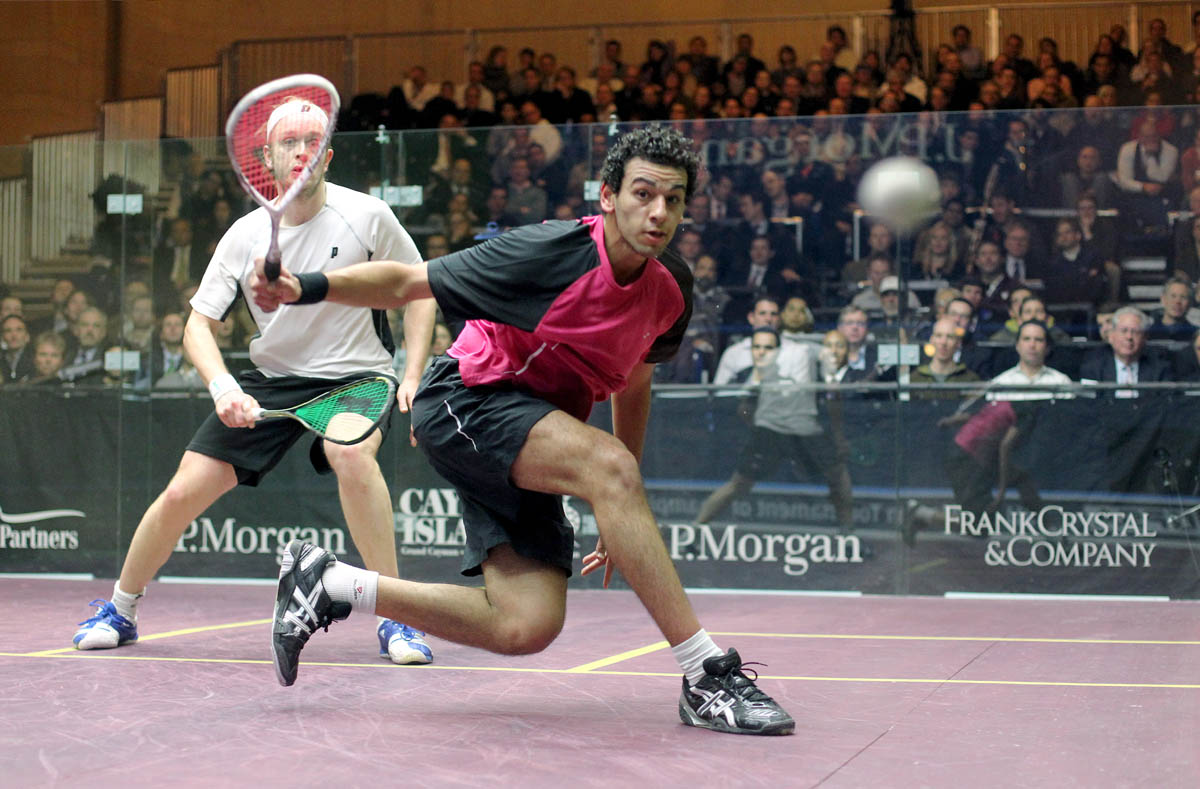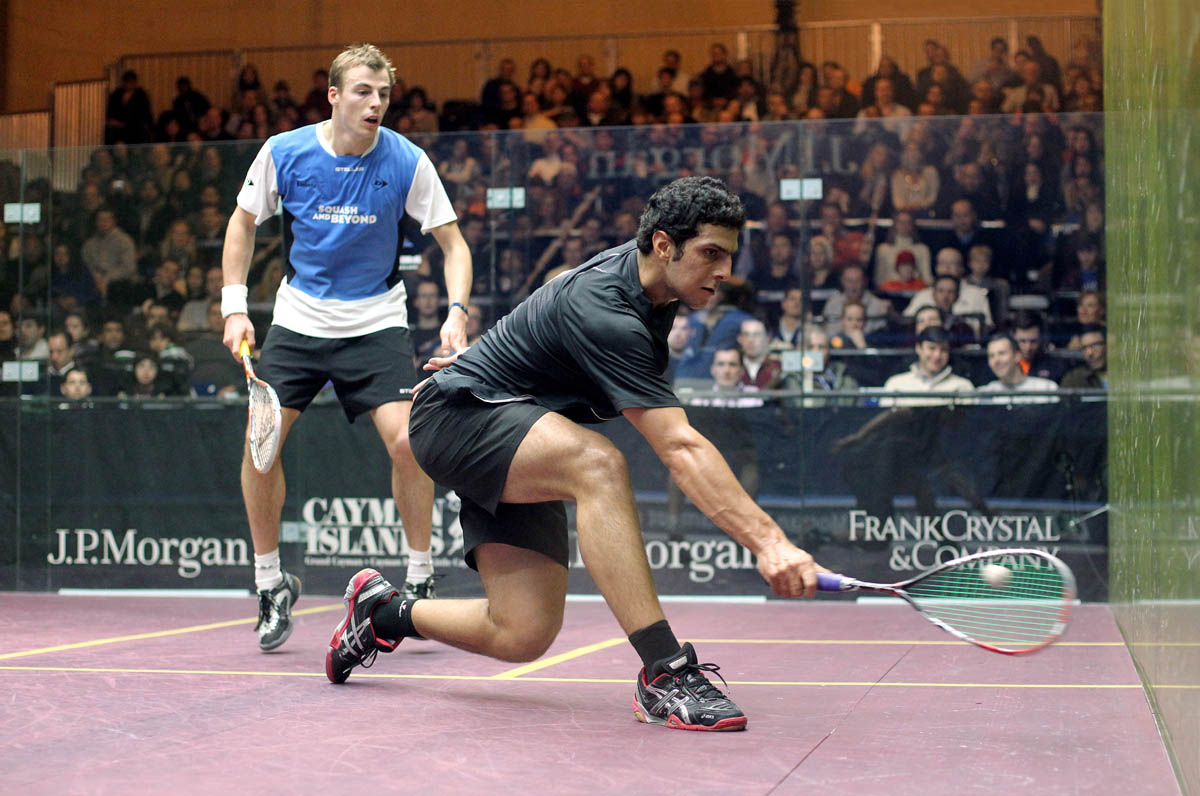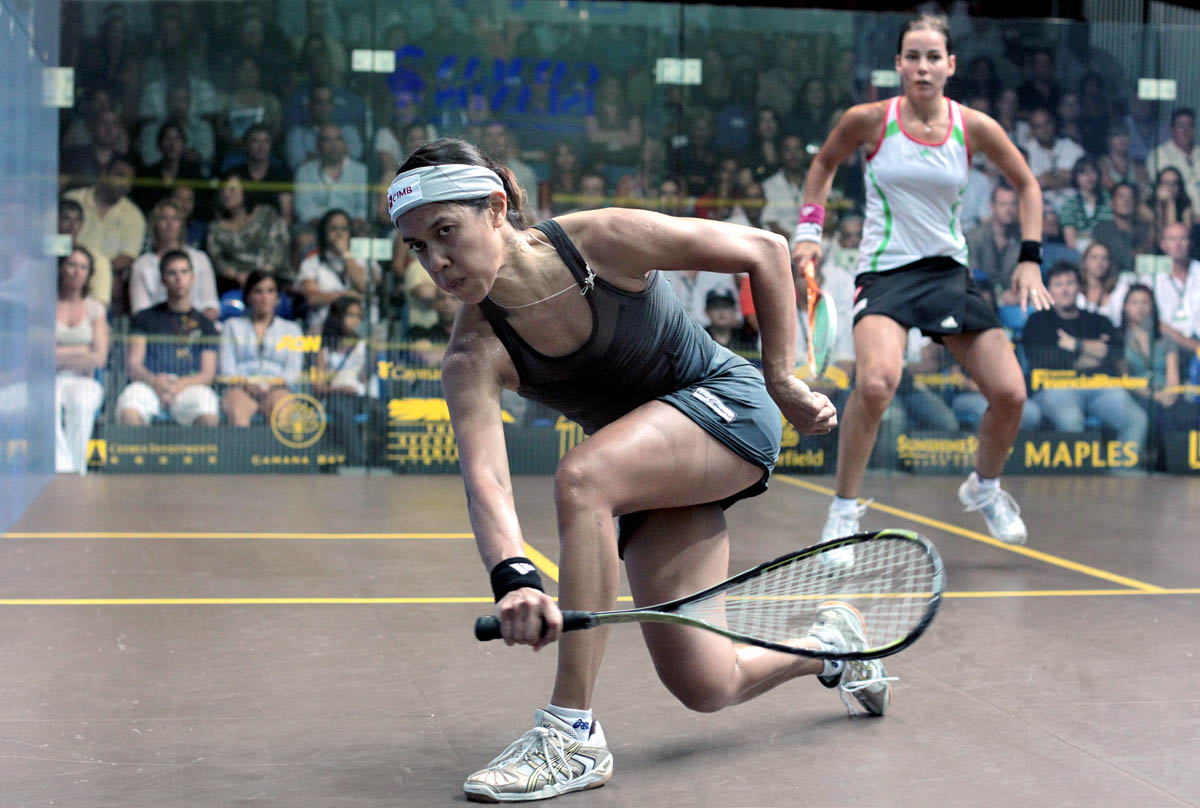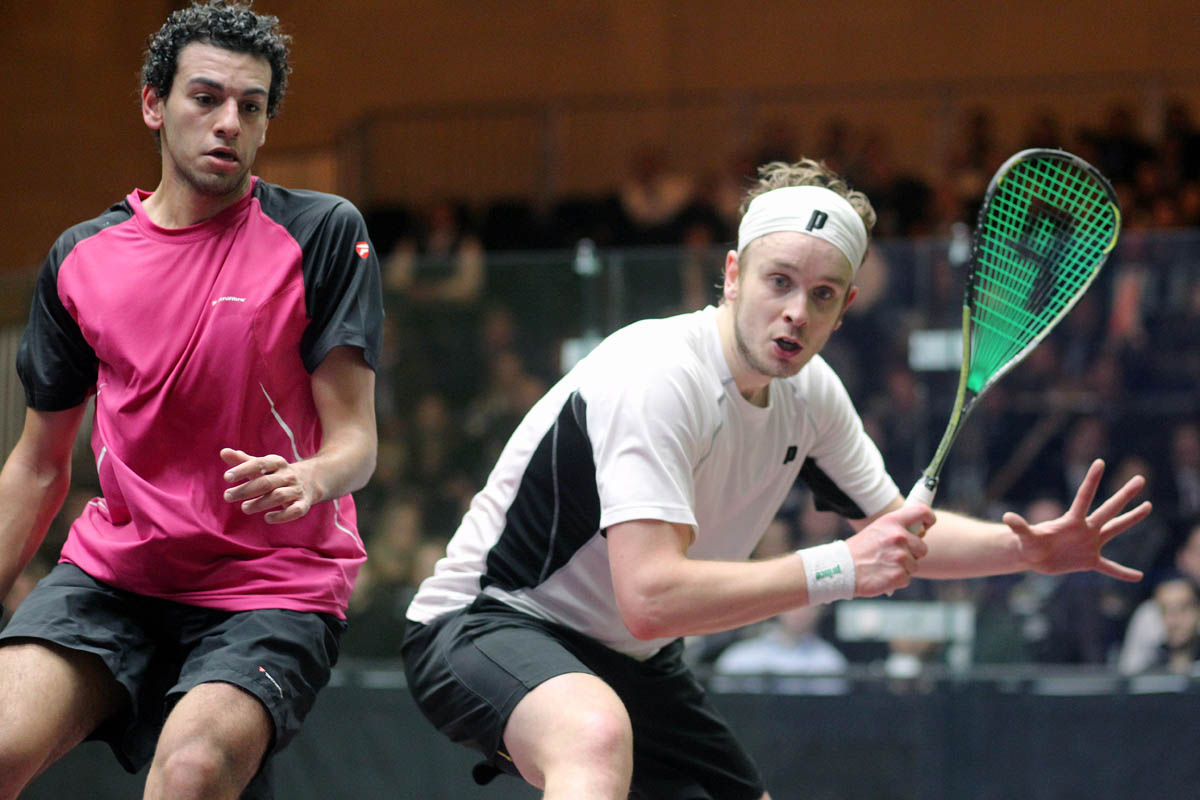Pros
The Forehand Open To Closed Plane Swing
The Forehand Open To Closed Plane Swing is the basic swing which evolves from The Forehand Open Plane Swing.
There are both Pros and Cons for the player if this basic Swing is the only basic swing used.
Obviously, this is not the case as this basic swing is one of three basic swings which evolves from The Forehand Open Plane Swing.
Because the player uses the four basic swings, there are no Cons and therefore no need to discuss the Cons but only the Pros.
The Pros
There are many Pros of The Forehand Open To Closed Plane Swing.
One of these pros occurs when the player is assisted when hitting the ball off the back wall. The solo routine below depicts this pro while demonstrating how to practise hitting the ball off the back wall.
The Pros
The opening of the racquet face allows the player to choose either four swings.
Closing the racquet face presents the player with the opportunity to generate tremendous power.
Similarly, the Elite Open To Closed Plane Swing when closing the face presents the player with the opportunity to generate tremendous power. Each player can use The Open To Closed Plane Swing with their own natural style. For example, Elshorbagy's arc is smaller then the author's.
Also, the Open To Closed Plane Swing like the Elite Open to Closed PLane Swing when closing the face allows and encourages the player to get closer to the back wall.
Furthermore, like the Elite OpenTo Closed Plane Swing when the face is fully closed the player is encouraged to let the ball descend to a lower point which presents the player with more clearance from the back wall. Also, when returning serve, if unable to volley before the ball hits the sidewall The Open To Closed Plane Swing encourages the player to volley off the wall.
The Ideal Height (blue area) the player should allow the ball to descend is somewhere between the knee and ankle.
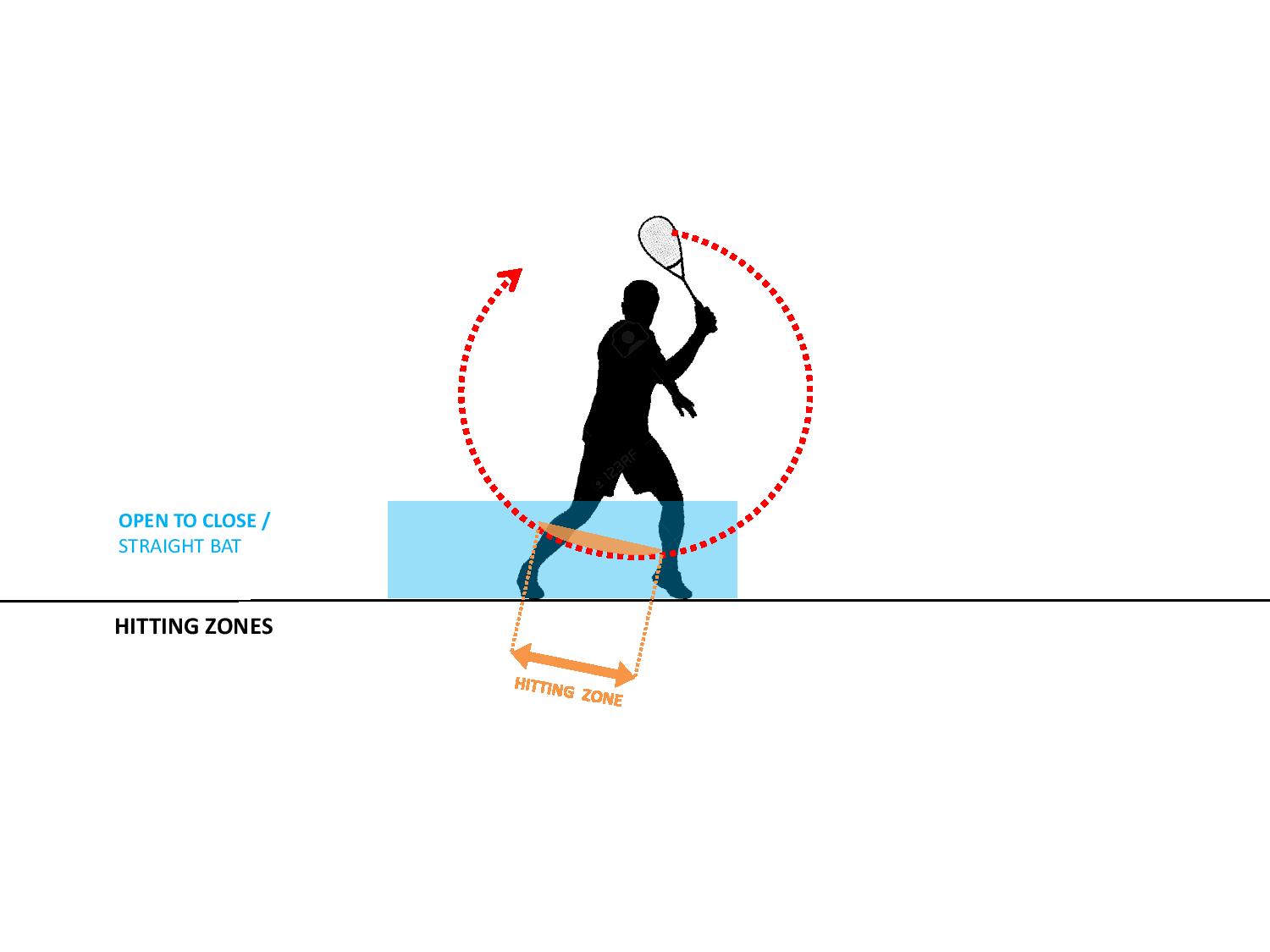
The Forehand Open To Closed Plane Swing's circular path to the ball encourages the player to hit through the line of flight of the incoming ball.

This circular path to the ball also encourages hitting through the line of flight of the outgoing ball (follow through).

This also increases the Hitting Zone (orange area).
Copyright South Australia Squash Academy Michael Nash All Rights Reserved


